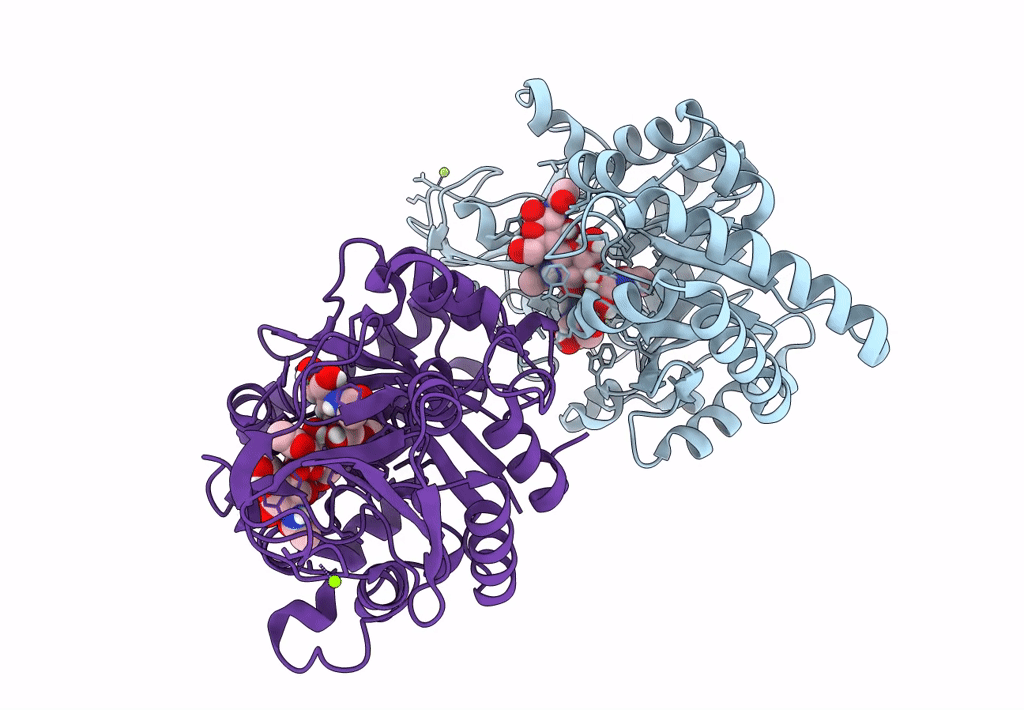
Deposition Date
2023-01-06
Release Date
2023-03-15
Last Version Date
2024-11-20
Entry Detail
PDB ID:
8FRD
Keywords:
Title:
Mouse acidic mammalian chitinase, catalytic domain in complex with N,N'-diacetylchitobiose at pH 5.25
Biological Source:
Source Organism:
Mus musculus (Taxon ID: 10090)
Host Organism:
Method Details:
Experimental Method:
Resolution:
1.68 Å
R-Value Free:
0.16
R-Value Work:
0.13
R-Value Observed:
0.14
Space Group:
P 2 21 21


